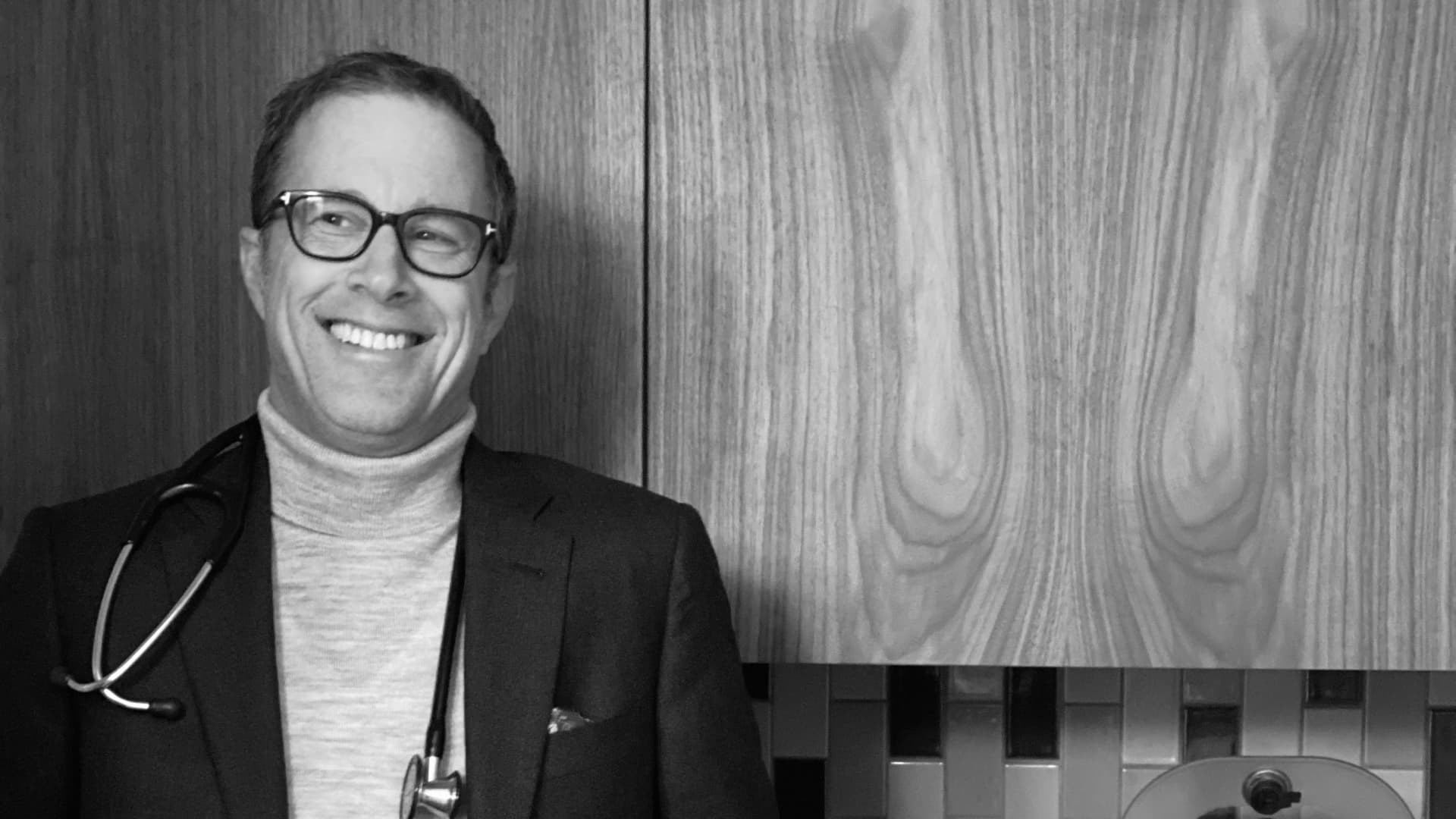This story is a collaboration between the Investigative Journalism Foundation and CBC Saskatchewan.
Newly obtained internal data shows the Saskatchewan government knew COVID-19 was spreading at an “exponential” rate in the fall of 2021, providing new insight into what officials knew before a devastating COVID-19 wave hit the province.
The Investigative Journalism Foundation (IJF) and the CBC have obtained a six-page briefing presented to top officials at Saskatchewan’s Ministry of Health in September 2021, days before the provincial government publicly declined to reintroduce measures doctors said were urgently needed to stop the spread of the virus.
The presentation, dated Sept. 3, 2021, came before a wave of COVID-19 infections that killed hundreds and nearly overwhelmed the province’s health system.
The government would later have to airlift roughly a quarter of its most critically sick patients to Ontario because there were not enough doctors and medical staff to care for them in Saskatchewan.
The IJF and the CBC requested the data more than two years ago through Access to Information legislation. Government bodies are supposed to respond to such requests within 30 days, with a possible 30-day extension in limited circumstances. In this case, it took two and a half years.
The documents show modelling updates prepared by the Ministry of Health’s modelling team and submitted to either deputy health minister Max Hendricks or then-health minister Paul Merriman. The Ministry of Health refused to provide clarity on who received the projections.
The presentation breaks down the reproduction number — or Rt — in Saskatchewan. Rt is a measure of how fast a disease is spreading. A value higher than one means infections are increasing.
The slides show a rapid increase in the spread of COVID-19 over two weeks.
READ: The documents government officials were provided:
According to the slides, Saskatchewan’s Rt for the week of Aug. 18, 2021 was 1.4, and there were an estimated 3,800 undiagnosed infectious people in the province.
“This indicates that Saskatchewan as a whole [is] in exponential growth,” the first slide reads.
Another presentation — dated Sept. 3, 2021 — indicates the Rt had increased to 1.9 by Aug. 29, 2021, with an estimated 8,600 undiagnosed infectious people.
Once again, the report indicates that Saskatchewan was experiencing exponential growth of COVID-19.
‘Total silence’: medical health officer
At the time these numbers were being recorded by the province, Dr. Cory Neudorf was an interim senior medical health officer with the Saskatchewan Health Authority (SHA).
He said officials with the government and the SHA were privy to the data. As the start of school approached, there was growing concern among experts about the provincial government’s insistence that it would not implement COVID-19 health restrictions for the upcoming school year, he said.
“We were giving that information through mid-August and then seeing what kind of reaction would come back from government — if they were going to or planning to announce any further restrictions or changes to approach,” Neudorf said in a recent interview.
It quickly became apparent that the government was not going to change its approach, he said.
Neudorf was among the doctors and health officials who signed a letter at the time, calling for masking and health restrictions in schools.
READ| The open letter signed by Dr. Cory Neudorf and others:
At first, the government’s approach did not change. On Sept. 10, 2021, Moe said during a news conference in Saskatoon that the province would not introduce any rules around masking.
He also said the province would not require any proof of vaccination requirements to enter certain businesses, saying such a policy would create “two classes of citizen.”
Just six days later, in another news conference in Saskatoon, Moe announced the government would indeed bring back a masking requirement and begin requiring proof of vaccination to enter buildings.
Neudorf never got a response to his letter.
“I’ve never encountered that before as a medical health officer,” Neudorf said.
“Total silence.”
Answers sparse from provincial officials
Merriman, who no longer serves as the province’s health minister, declined to be interviewed for this story.
The Ministry of Health provided a statement that did not answer a list of detailed questions provided by CBC News and the IJF.
In its statement, the Ministry of Health pointed to the rise of the more transmissible Delta variant as the cause of the surge of cases in the fall of 2021.
“Throughout the pandemic, the Saskatchewan Ministry of Health continuously reassessed public health risks based on the best available evidence as the situation evolved,” the statement read.
Premier Scott Moe echoed that sentiment when questioned about COVID-19 during a meeting of the Saskatchewan Urban Municipalities Association (SUMA) earlier this month.
Moe stressed that the government made decisions with “the information they had” at the time, calling it “a time when I don’t think anyone had a lot of answers.”
“So what I truly hope coming out of the last pandemic is that we don’t have to face those types of questions and that type of a situation again,” Moe said.
For Neudorf, the legacy of COVID-19 and the efforts by medical professionals to encourage action is more complicated.
“You don’t want to politicize something, right? What you hope is that the information you’re giving is being heard,” he said.
On Sept. 3, 2021, the date that the modelling was submitted to the upper echelons of the Ministry of Health, Saskatchewan had recorded 610 COVID-19 deaths.
Over the next year, 905 more people would die from COVID-19 in the province.






